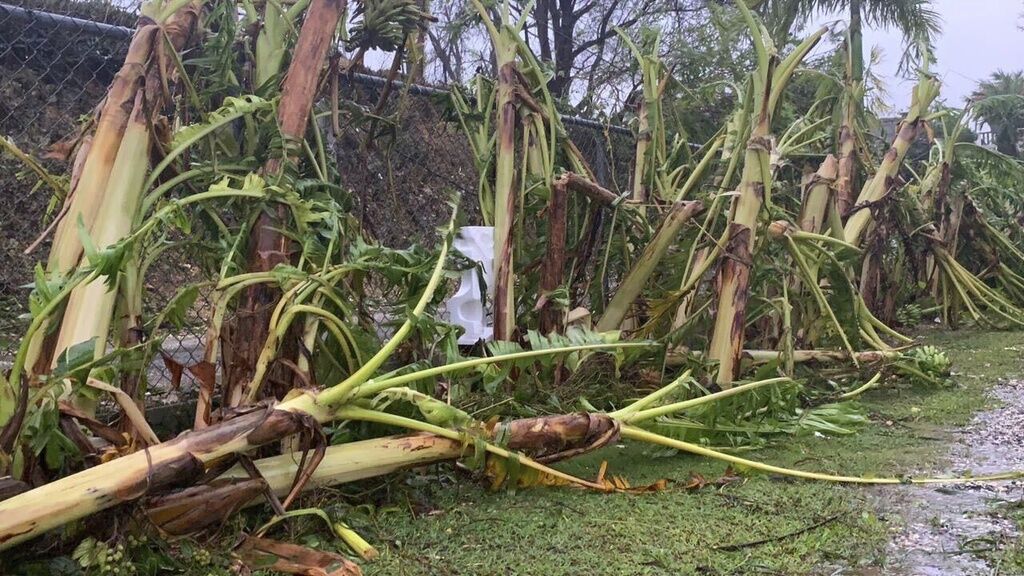Typhoon Mawar wreaks havoc on Guam, leaving thousands without power

Typhoon Mawar has left a trail of destruction in its wake after slamming into Guam, causing power outages and flooding buildings with a powerful storm surge. Residents of the US Pacific Ocean territory are now left to assess the damage caused by the typhoon.
Governor Lou Leon Guerrero is expected to evaluate the extent of the damage on the island, which serves as a crucial US military outpost and is home to 170,000 people. The governor and civil defence groups will be searching for any major damages or blocked roadways resulting from Typhoon Mawar.
The typhoon brought winds of up to 225 kilometres per hour and generated waves as high as nine metres, according to the US National Weather Service. Fortunately, there have been no reported deaths or injuries, reports Bangkok Post.
One of the island’s hotels, the 30-floor Dusit Thani Guam Resort, experienced flooding in its lobby, despite efforts to barricade the front door. Trees were also uprooted, vehicles swept away, and roofs dislodged due to the strong winds.
The Guam Power Authority reported tens of thousands of homes without power, but a total blackout was avoided. The agency is working to maintain power for the remaining customers and ensure a quicker recovery once the storm subsides.
Typhoon Mawar has now been classified as a Super Typhoon and is predicted to head towards Taiwan or the Philippines. Guam remains under a typhoon warning, with destructive gusts and heavy surf expected. Residents have been urged to stay off the roads and remain in safe, hardened shelters.
In Washington, the White House stated that President Joe Biden has been briefed on the situation and is in close contact with the government of Guam, offering support as needed.
Guam hosts approximately 21,700 US military personnel and their families, as well as key electronic listening posts and significant ammunition and fuel storage facilities in the Pacific region. Military aircraft and ships had either departed or were sheltered in hangars before the destructive winds began, except for one vessel with an inoperable engine. All military and civilian personnel were instructed to take shelter, and service members are prepared to respond once the “all clear” order is given.
Latest Thailand News
Follow The Thaiger on Google News:


























